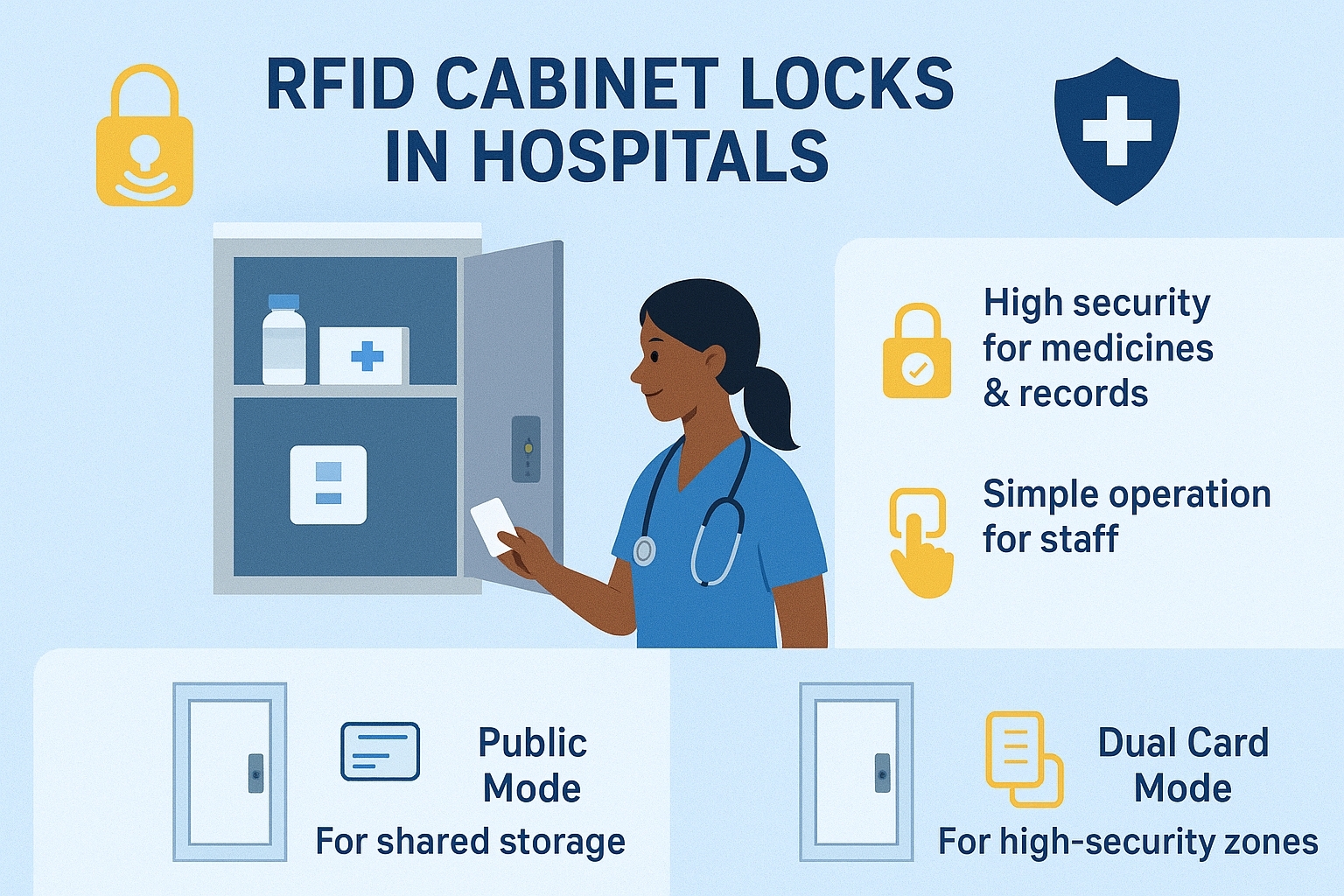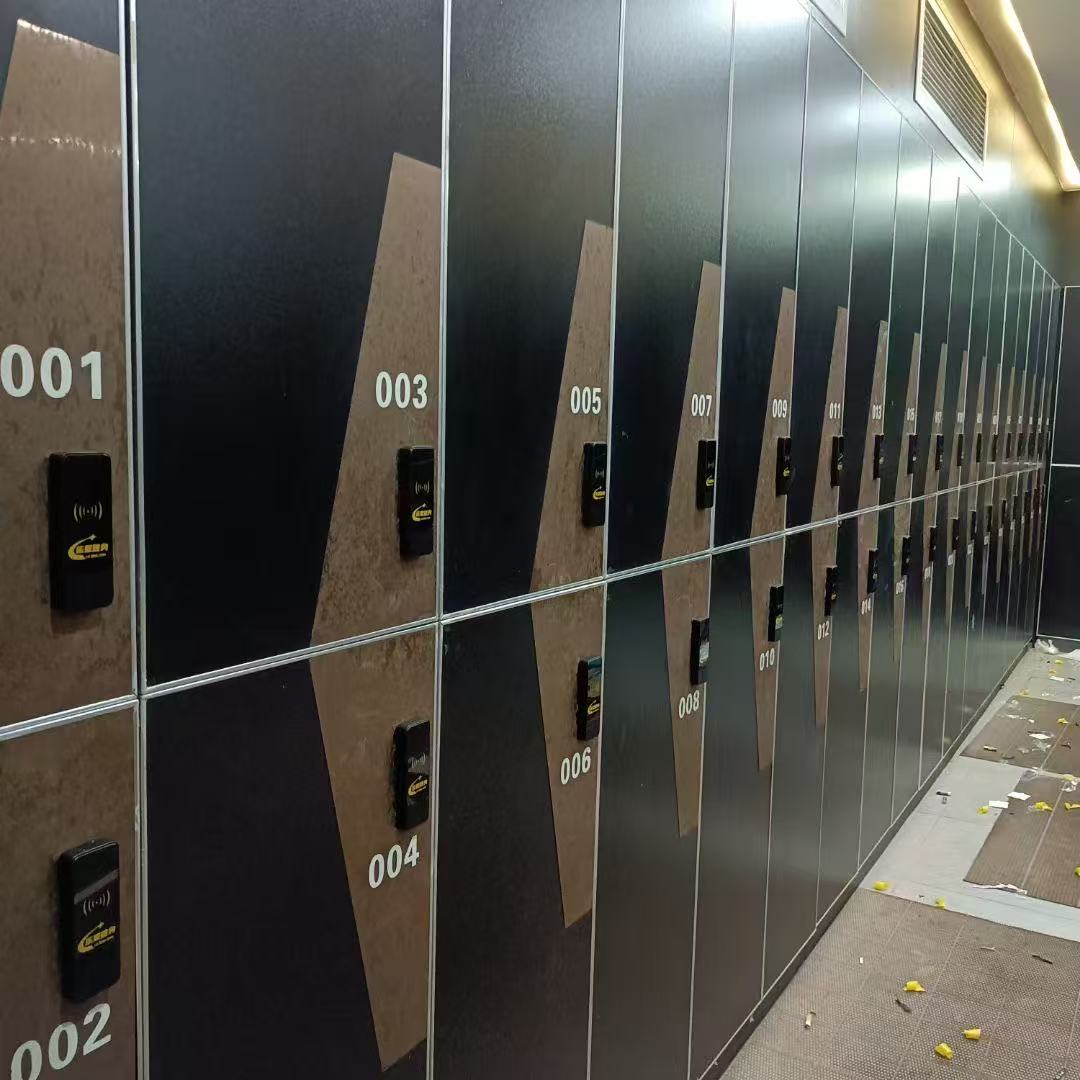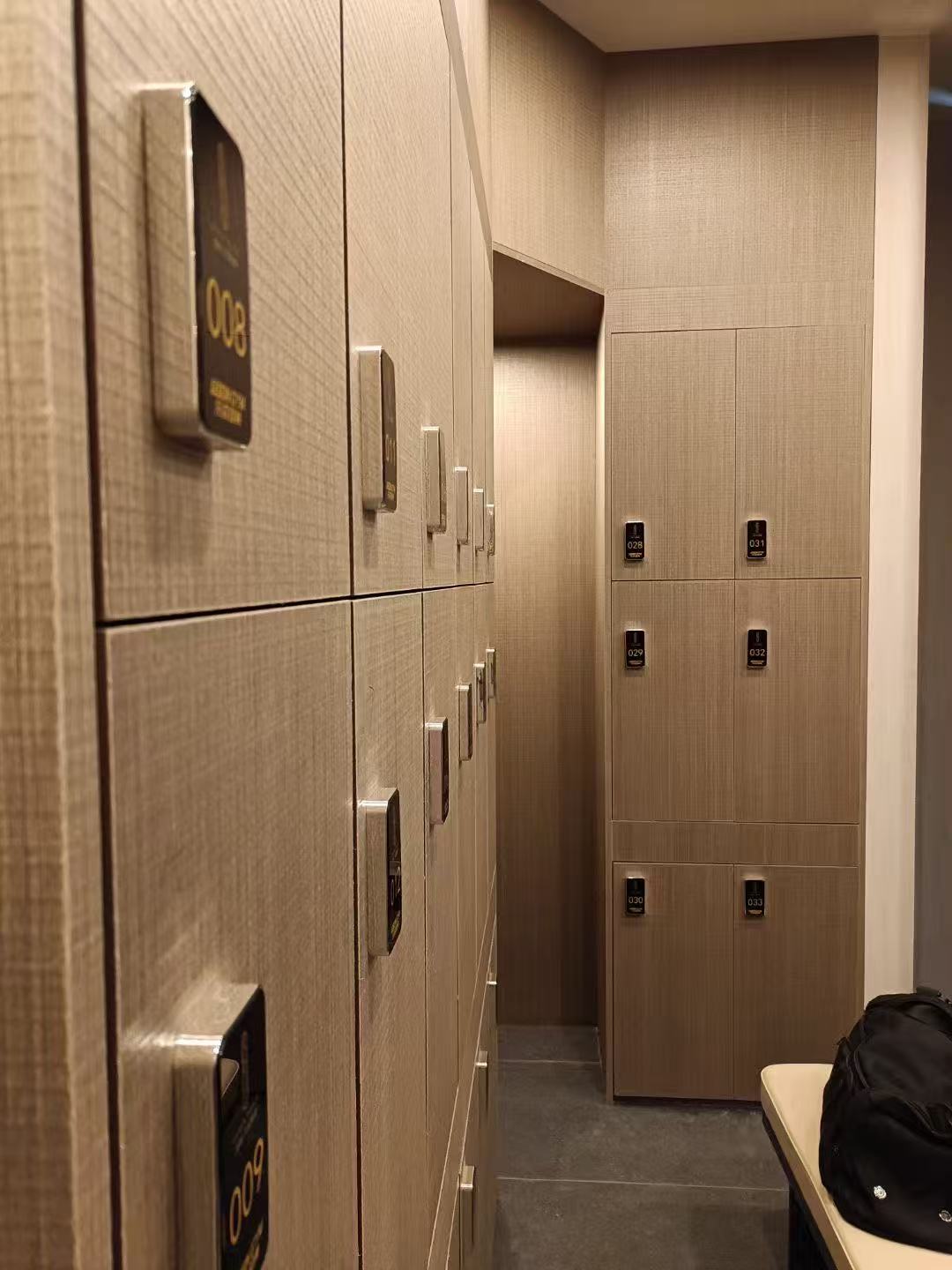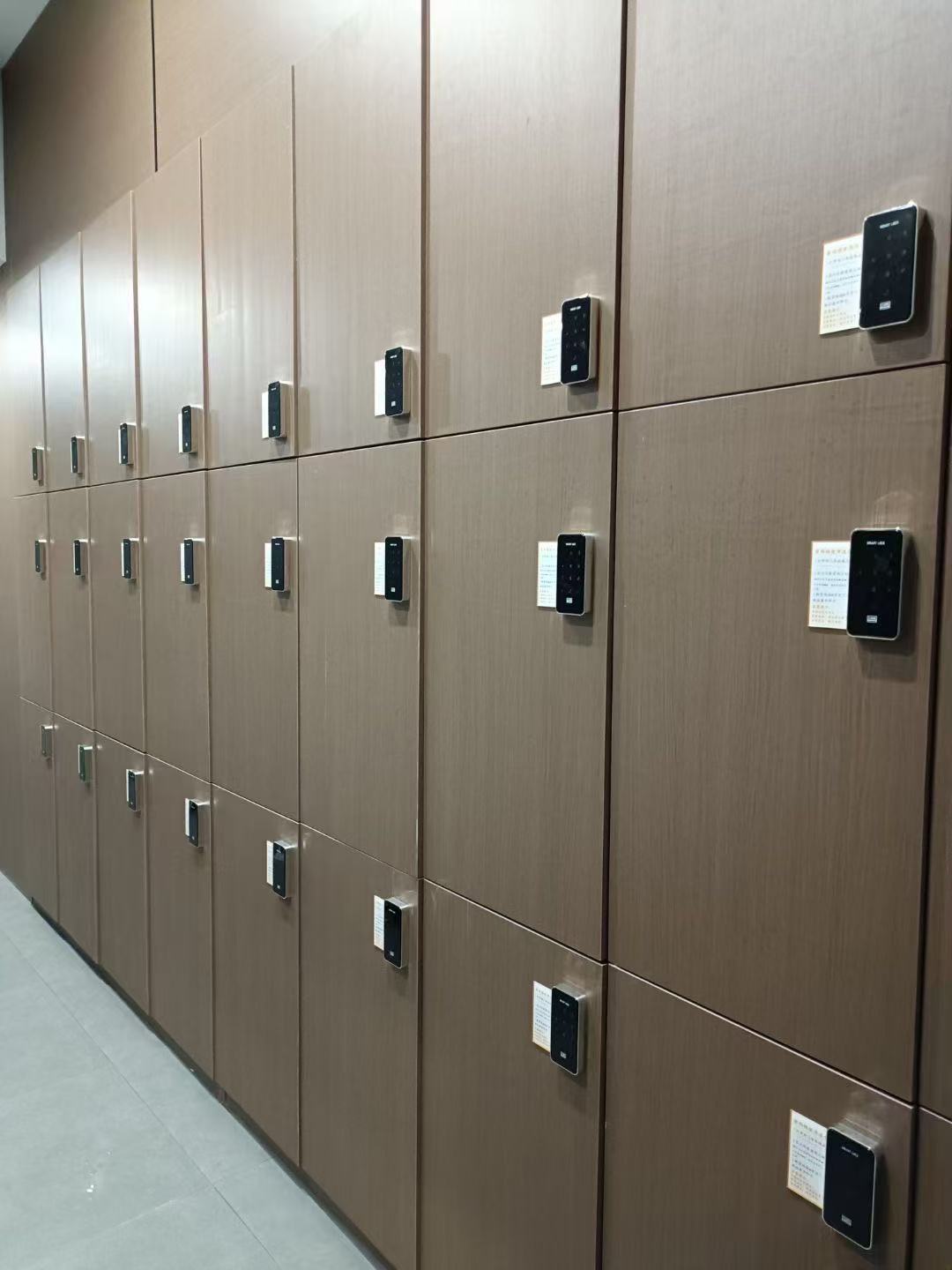
In modern hospitals, security is no longer just about doors and gates — it extends to every drawer, cabinet, and storage room that contains critical medical resources. RFID cabinet locks have emerged as a quiet but powerful innovation, ensuring that sensitive materials like medicines, patient records, and expensive medical tools stay secure while remaining quickly accessible to authorized staff.
Why Cabinet-Level Security Matters in Hospitals
Hospitals deal with a constant flow of people — doctors, nurses, technicians, patients, visitors, and contractors. While this openness is vital for care, it also poses risks.
-
Controlled medicine access: Certain drugs, especially controlled substances, must be stored under strict security to prevent misuse.
-
Protected patient records: Privacy laws demand that patient files be stored in a way that prevents unauthorized access.
-
Safety of medical equipment: High-value or specialized instruments can be misplaced or stolen if left unsecured.
RFID cabinet locks provide a layered security approach — even if someone enters a room, they still cannot open the cabinet without the proper RFID card or key tag.
How RFID Cabinet Locks Make Hospital Workflows Easier

Security systems can sometimes slow down operations, but RFID cabinet locks are designed to speed things up without compromising safety.
-
Tap-and-open convenience: Medical staff can unlock cabinets with a single card tap, saving precious seconds during emergencies.
-
No key management headaches: Lost keys are a thing of the past. RFID cards can be reprogrammed instantly, avoiding costly lock replacements.
-
Multi-user access control: Several staff members can be given access while others are restricted, keeping the workflow smooth but secure.
Public Mode for Shared Hospital Storage

Public Mode is perfect for areas like shared supply rooms or medical sample drop-off points. In this mode, a cabinet can be locked and unlocked by different users with the same card or key tag, making it ideal for rotating staff shifts while maintaining accountability.
Dual Card Mode for High-Security Zones
For sensitive items such as narcotics or confidential records, hospitals can activate Dual Card Mode. This means two authorized cards must be presented simultaneously to unlock the cabinet, ensuring that no single person can access critical resources alone.
-
Example: A head nurse and a pharmacist both need to tap their cards to open a narcotics cabinet, creating a built-in safeguard against theft or misuse.
Real-World Applications in Hospitals
-
Pharmacy storage cabinets – Secure, yet fast access for authorized pharmacists.
-
Medical records filing systems – Compliant with data privacy regulations.
-
Mobile medical carts – Cabinets move with the team but remain locked when unattended.
-
Operating room instrument cabinets – Prevent unauthorized handling of surgical tools.
-
Sample and specimen storage – Keeps sensitive biological materials safe.
Conclusion: Small Lock, Big Impact
In a hospital, efficiency and safety are not opposing forces — they must work together. RFID cabinet locks offer both tight security for medicines, records, and tools, and unmatched convenience for staff who need fast, reliable access.
As hospitals continue to modernize, these smart locks are becoming a silent yet essential part of healthcare infrastructure, protecting resources, ensuring compliance, and helping medical teams do their jobs with confidence.

